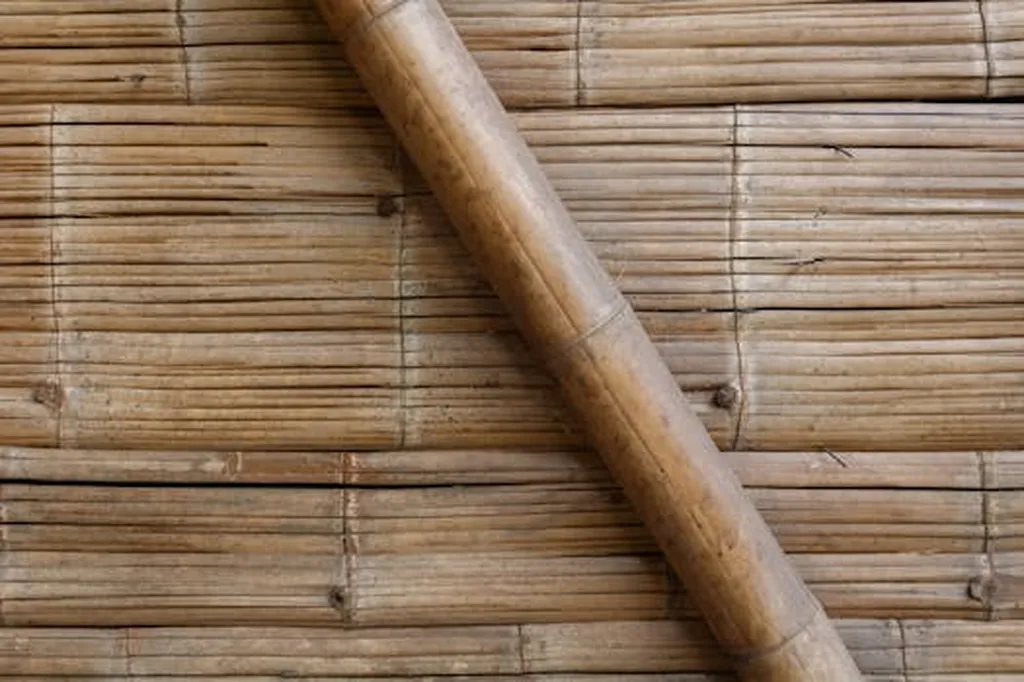In the quest for sustainable construction materials, researchers have turned to natural fibers, and a recent study published in the journal *Fibers* (translated from Spanish) has shed new light on the potential of sisal fibers to reinforce cementitious composites. The research, led by Daniele Oliveira Justo dos Santos from the Postgraduate Program in Civil Engineering at the Federal University of Rio de Janeiro, explores how different treatments can enhance the properties of sisal fibers and their composites, offering promising avenues for the construction industry.
Sisal fibers, known for their abundance and sustainability, have long been considered a viable alternative to traditional reinforcement materials. However, their high water absorption can lead to dimensional instability and poor bonding with the cement matrix, ultimately reducing the strength of the composite over time. To address these challenges, dos Santos and her team investigated the effects of various treatments on sisal fibers, including hornification, washed alkaline treatment, and unwashed alkaline treatment.
The study found that alkaline treatment significantly improved the physical and mechanical properties of sisal fibers. “Alkaline treatment not only reduces water absorption but also enhances the dimensional stability and bonding properties of the fibers,” dos Santos explained. This enhancement translates into better performance of the composites, with those reinforced with alkaline-treated fibers showing superior mechanical properties compared to those with hornified fibers.
The research involved producing composites with varying mass fractions of sisal fibers (2%, 3%, and 4%) and subjecting them to a range of tests, including water absorption, capillarity, drying shrinkage, direct tensile, and four-point bending tests. The results were clear: composites with 4% alkaline-treated sisal fibers exhibited the best performance, demonstrating the potential of treated sisal fibers to enhance the durability and mechanical behavior of natural fiber-reinforced cementitious composites.
The implications of this research are significant for the construction industry, particularly in the energy sector, where sustainable and durable materials are increasingly in demand. “The use of treated sisal fibers can lead to the development of more sustainable and cost-effective construction materials,” dos Santos noted. This could pave the way for innovative applications in building structures, insulation materials, and other construction elements, contributing to a more sustainable built environment.
As the construction industry continues to seek eco-friendly alternatives, the findings from this study offer a promising direction. By optimizing the treatment processes for natural fibers, researchers can unlock new possibilities for sustainable construction materials that are both durable and environmentally responsible. The research published in *Fibers* not only advances our understanding of sisal fiber composites but also sets the stage for future developments in the field, shaping the way we build and innovate for a greener future.

